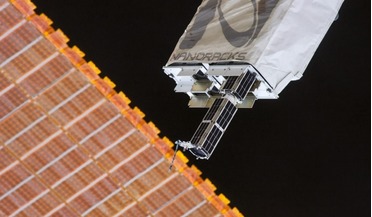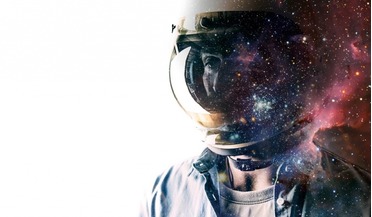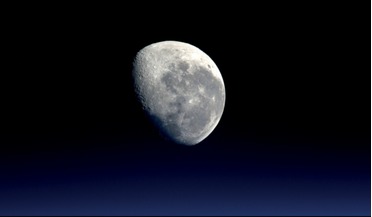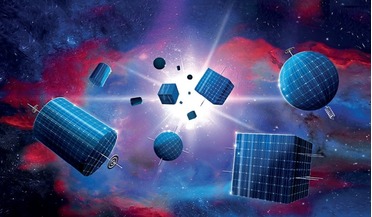 January 2020
Commercialising space exploration and development
January 2020
Commercialising space exploration and development
...NASA announcement on commercial platforms. Today, Nanoracks is creating the stepping stones in LEO (low Earth orbit) and GEO (geostationary orbit) that will allow us to populate the solar system with commercial laboratories. We are beginning to focus...
 January 2020
Satellite-based IoT - the race is on
January 2020
Satellite-based IoT - the race is on
... LEO/GEO interference. Twenty years ago the International Telecommunication Union (ITU) declared that NGSO (non-geostationary orbit) craft carry the responsibility for avoiding interference with GEO satellites. Consequently, the need to mitigate the...
 January 2021
Time to change our relationship with space?
January 2021
Time to change our relationship with space?
... I moved office furniture! Perhaps I should have said Rocket Scientist! Meteosat Second Generation (MSG) satellites operate in geostationary orbit nearly 36,000 km over the west coast of Africa, from where they continuously scan the globe, showing...
 February 2022
Building space-qualified detector chips
February 2022
Building space-qualified detector chips
... of data for weather forecasting from geostationary orbit into the next decades and will also...Temperature Monitoring satellite has been launched into a low-Earth polar orbit, it will start to map rates of evapotranspiration with unprecedented fidelity...
 September 2016
Transforming US space policy
September 2016
Transforming US space policy
... demonstrated similar capabilities. And now, a Russian Luch satellite is manoeuvring from one satellite to another in geostationary orbit. Apart from potentially hostile activities, we face a threat from the growing population of space debris. This...
 August 2017
Big science from small spacecraft
August 2017
Big science from small spacecraft
... seen by radio telescopes on Earth because they are blocked by our ionosphere. If we could position a radio telescope up at geostationary orbit (GEO) or higher, well above the ionosphere, we could observe and characterise these short-lived phenomena...